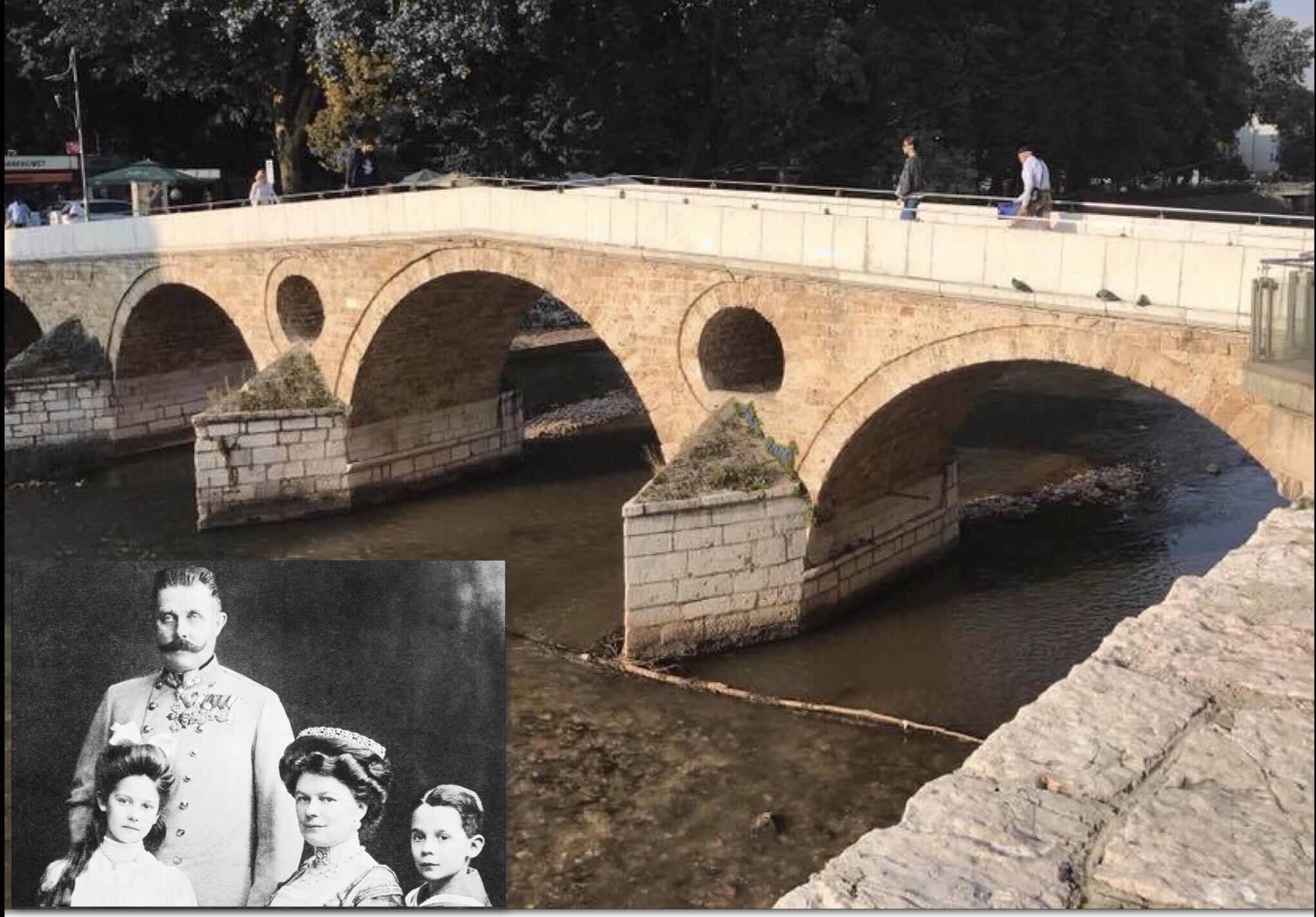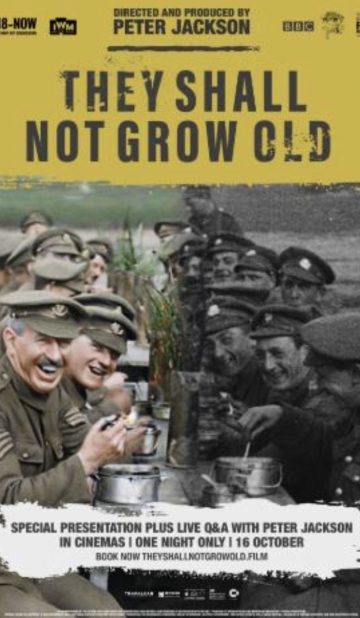The Reel Review
On this 100 year anniversary of the end of World War I, a four year battle which resulted in the deaths of nine million soldiers and seven million civilians, Peter Jackson (The Lord of The Rings and Hobbit trilogies) has compiled never before seen footage from the vaults of London’s Imperial War Museum, using an array of modern technology to restore, colorize and bring to life a snapshot of British ground forces involved in that historic moment in a way that has never been done before.
Jackson foregoes the dates, places and facts typical in conventional war documentaries, instead letting ordinary soldiers tell their stories in more personal terms, via excerpts from archived interviews overlaid with this captivating war footage. The first few minutes use the more familiar black and white footage to describe the enthusiasm by the new recruits, many of whom were boys well below the minimum age of 19, and the training to transform them into soldiers.
Suddenly, as the soldiers reach the battlefield, the restored, colorized footage breathtakingly unfolds, revealing in graphic detail the death and horror of daily life in the trenches. The effect is both spellbinding and sobering, resulting in one of the most immersive World War I experiences ever captured on film, even more so if you can experience it in 3D. It is a brilliant achievement that should not be missed.
REEL FACTS
• Since the original footage was shot prior to the ability to synchronize sound and pictures, director Peter Jackson used a sophisticated computer algorithm to flesh out the typical 12-18 frame per second (fps) speed of that era to the 24 fps used in films today, then colorizing it. Even Jackson was impressed by the end result.
• Jackson hired forensic lip readers to determine what the soldiers were saying, reproducing the speech with the appropriate regional accents for the regiments shown.

• Jackson, who says he spent a full year just reviewing the 100 hours of original footage used as source material for the film, opted to use older archival interviews from the 1960s and 70s to ensure that the soldiers’ perspectives and memories from the war were as fresh as possible.



